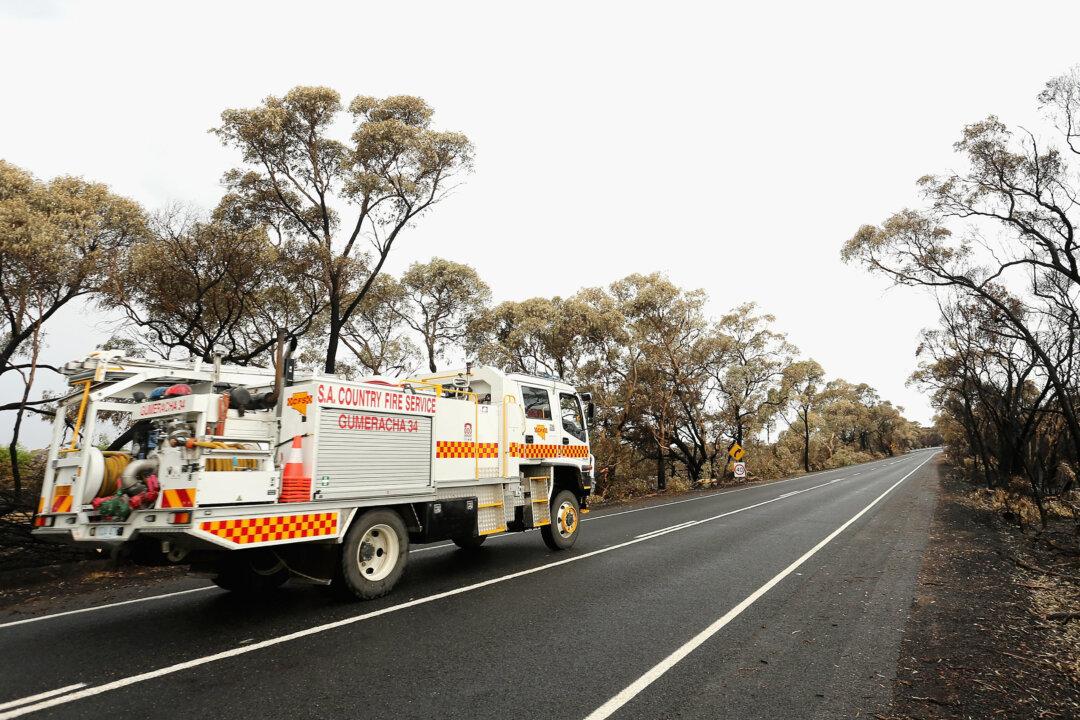New trucks, new kit and better communications will place South Australia in a better position to fight potentially deadly bushfires this summer, the state government says.
The government is rolling out a $97.5 million (US$69 million) action plan following a major review of last season’s fires which devastated parts of the Adelaide Hills and the western half of Kangaroo Island.





